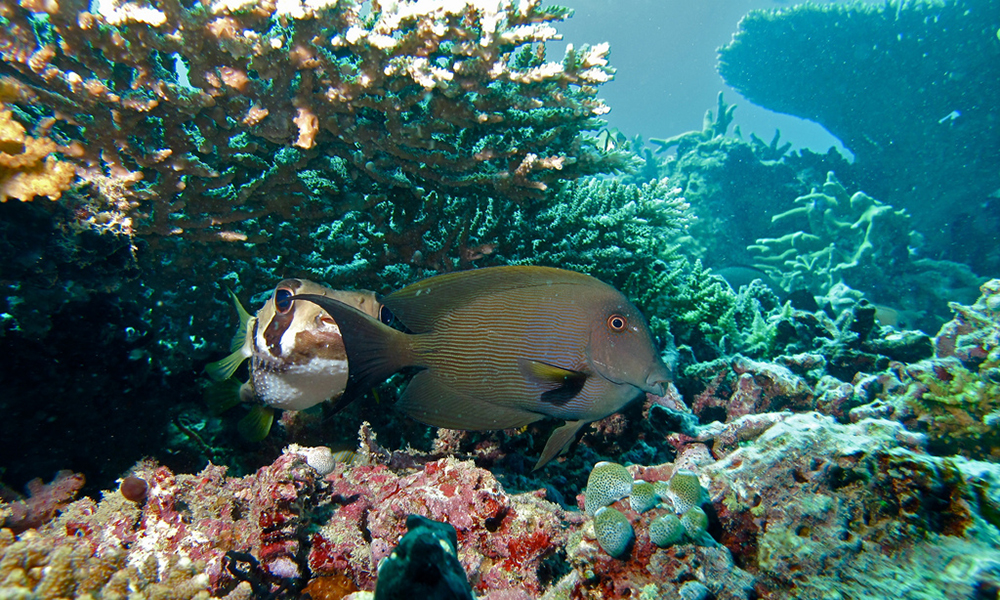It’s a simple concept. Limit or stop fishing in some areas to allow fish populations to regenerate and individual animals to reach a greater age and size, and there’s more fish ultimately available for everyone. Perhaps understandably, the fishing industry has been concerned about threats to industry profits and the livelihoods of individuals when marine reserves are proposed.
Recent research from the Florida Institute of Technology shows that the Marine Protected Areas around Philippine coral reefs helped to produce and maintain populations of commercially attractive fish.
“The first reaction to marine reserves by local users is traditionally, ‘You close all of these fishing areas and we can’t fish anymore in there,’” Fulbright faculty scholar Ralph Turingan said. “That is the wrong way to think. These MPAs are actually important is [sic] sustaining fishing activities.”
Because commercial fishing removes the largest fish, the remaining specimens are driven to mature at younger ages and smaller sizes, and their reproductive success is reduced. They have fewer eggs or lower quality ones.
The team compared life history traits – length, growth rate, and age at sexual maturity for three distinct species. They found that all three improved in Brown Surgeonfish, Lined Bristletooth, and Manybar Goatfish.
Research showed that mature fish migrated from the MPAs to fished areas, and therefore actually supported fisheries.
“It’s like raising them in aquaculture and putting them back, but this is a more natural way of replenishing depleted stocks,” Turingan said.
Read the article in full:
http://journals.plos.org/plosone/article?id=10.1371/journal.pone.0193426










0 Comments